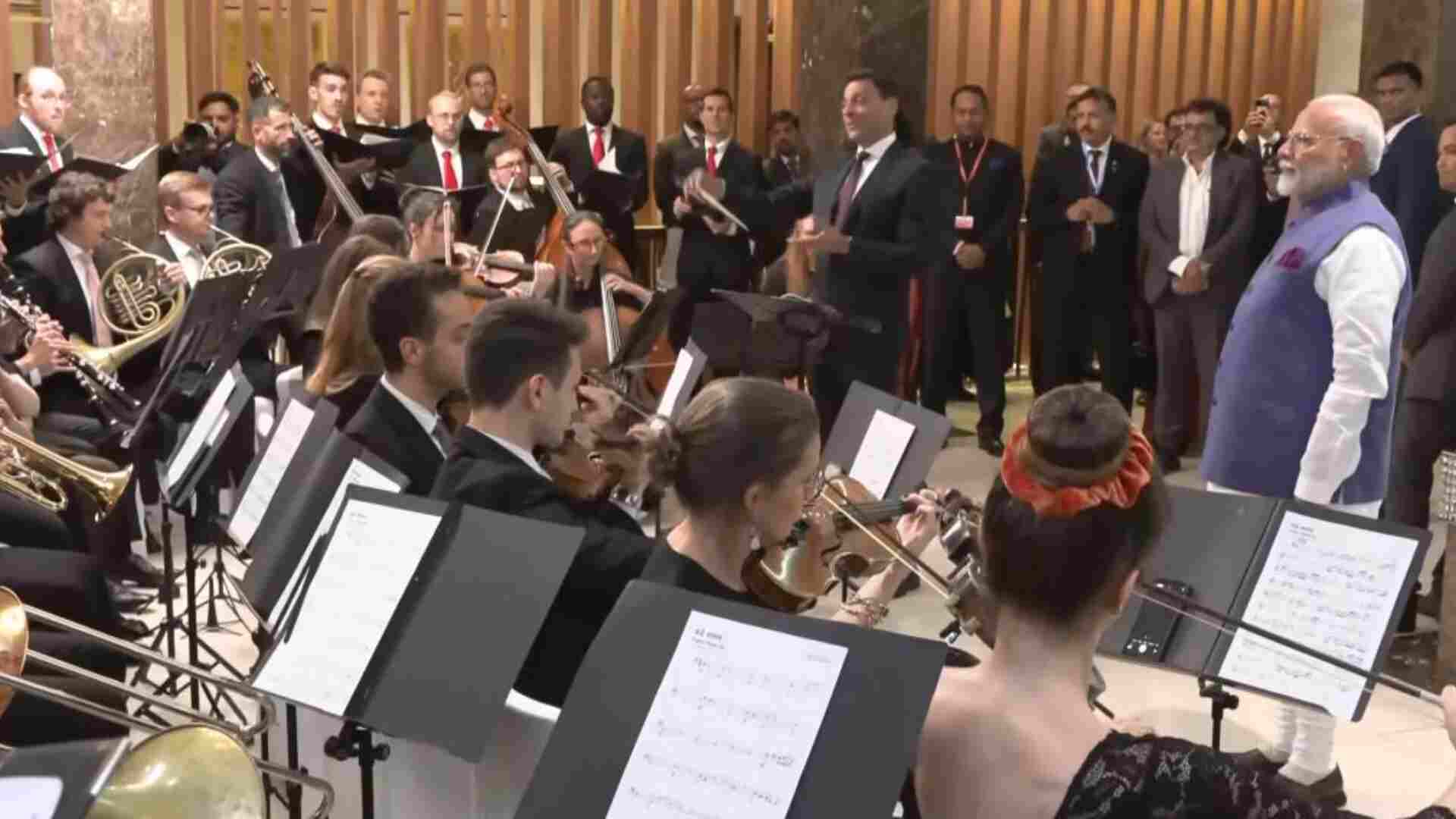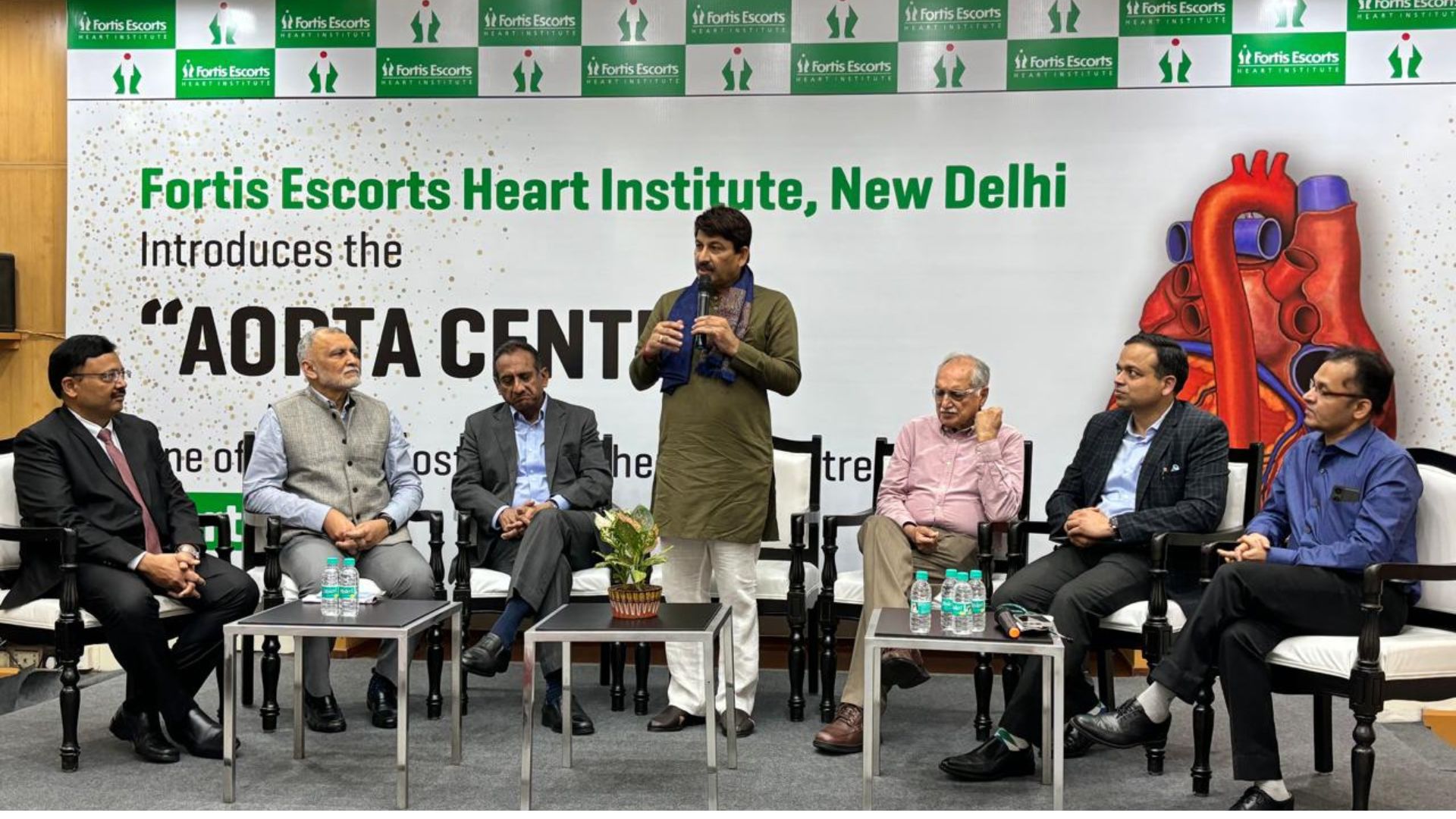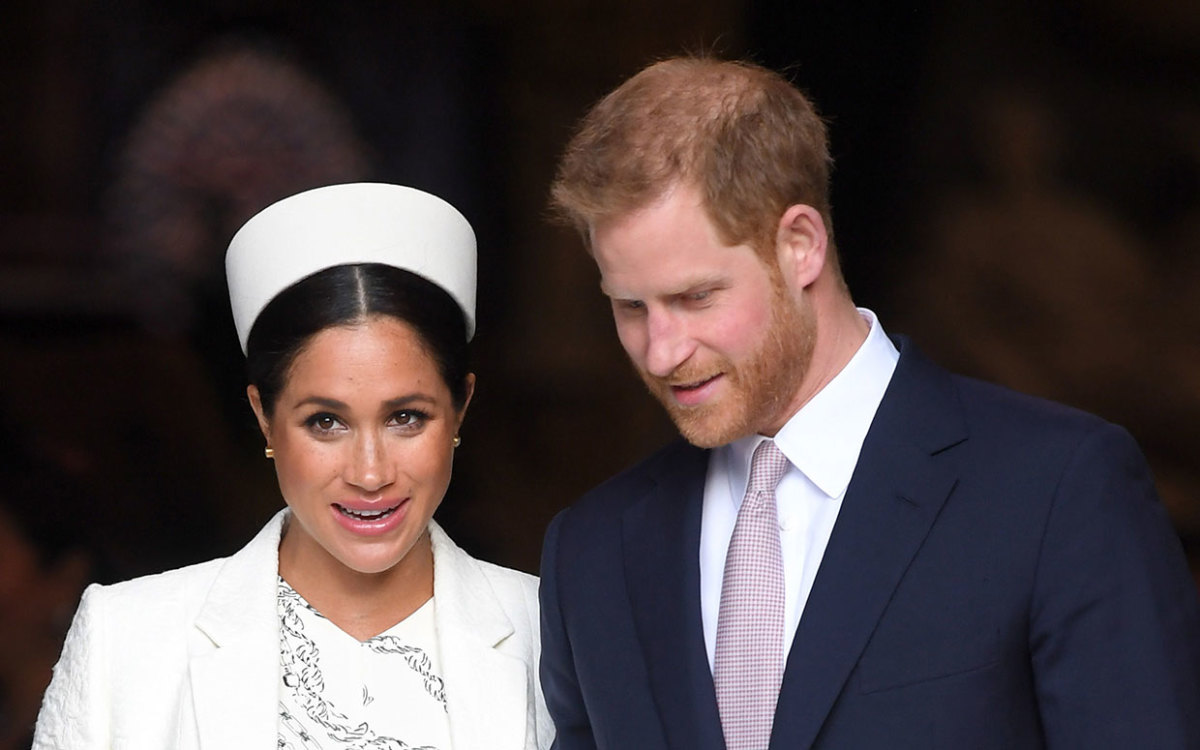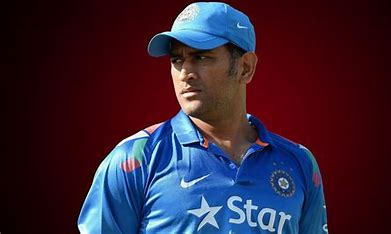
In the chronicles of India’s struggle for independence, Vande Mataram stands as a powerful symbol of resistance, patriotism, and unity. Conceived in the 1870s by Bankim Chandra Chattopadhyay, a bureaucrat-novelist, this anthem was more than just a song—it was a calculated response to British arrogance and colonial rule. The origins of Vande Mataram are rooted in an incident that highlighted the rising defiance of Indians against British oppression.
During the time of Vande Mataram‘s conception, British colonial rule had firmly entrenched itself across India. Bengal, the birthplace of Bankim Chandra, was particularly volatile. The Bengal Presidency, a crucial administrative unit of British India, encompassed present-day West Bengal, parts of the Northeast, Bihar, Jharkhand, Odisha, and Bangladesh, making it a hotbed of political and cultural unrest.
While the exact date of Vande Mataram‘s composition remains uncertain, it first appeared in the magazine Bangadarshan in 1875. The song gained widespread recognition after Bankim Chandra included it in his novel Anandmath, serialized in the same magazine in 1881 and published as a book the following year. Although some historians, like R.C. Majumdar, dismissed Anandmath as purely fictional, recent research suggests that Vande Mataram was born out of a real historical context.
The seeds of Vande Mataram were sown in 1873 when Bankim Chandra served as the Deputy Collector of Murshidabad district. One day, while returning home in a palanquin, Bankim Chandra inadvertently disrupted a cricket match being played by a British officer, Colonel Duffin. Enraged by the interruption, Duffin dragged Bankim Chandra out of his palanquin and physically assaulted him in front of onlookers.
This public humiliation of a high-ranking Indian official by a British officer was a stark reminder of the colonial disdain towards Indians. Bankim Chandra, deeply affronted, sought legal recourse. The court ordered Colonel Duffin to publicly apologize to Bankim Chandra, a rare victory for an Indian against the British. This incident, though contested by some, has been supported by independent researchers who believe it was a catalyst for the creation of Vande Mataram.
While the assault on Bankim Chandra was significant, Vande Mataram was more than just a personal response. It reflected the broader anti-colonial sentiment and celebrated India’s cultural and spiritual heritage. The song’s portrayal of India as a nurturing motherland, a victim of oppression, and a force to be reckoned with resonated deeply with a nation yearning for freedom.
Following the incident, Bankim Chandra took leave and sought refuge at the Lalgola Palace on the advice of Raja Joginder Narayan, who had witnessed the assault. Amid the serene surroundings, Bankim Chandra delved into religious and spiritual contemplation. The image of Goddess Kali, adorned with a garland of skulls, symbolized the suffering and sacrifice of the motherland. This mix of spiritual reflection and colonial humiliation crystallized into Vande Mataram.
Initially published as a filler piece in Bangadarshan in 1875, the song quickly gained popularity, capturing the imagination of a people yearning for freedom.
Long before the birth of the Indian National Congress, Vande Mataram began stirring the hearts of Indians. Rabindranath Tagore first publicly sang the song at a Congress session in 1896 and also composed its tune. Tagore, who later wrote the national anthems of both India and Bangladesh, even recorded the song in his own voice in 1904.
The song became a rallying cry during the anti-partition movement in Bengal in 1905, symbolizing national unity against British attempts to divide the region along religious lines. However, as the Indian freedom movement progressed, Vande Mataram became a source of contention, particularly with the rise of the Muslim League.
The Muslim League, under leaders like Syed Ali Imam and Mohammed Ali Jinnah, opposed Vande Mataram on religious grounds due to its references to Goddess Durga in the later stanzas. This opposition created a rift, with some viewing the song as emblematic of Hindu nationalism rather than a unifying national anthem. Even Jawaharlal Nehru sought clarification from Tagore on the song’s religious connotations, leading the Indian National Congress to officially adopt only the first two stanzas as the national song in 1937.
Despite the controversy, Vande Mataram continued to hold a special place in India’s national consciousness. In the final sessions of the Constituent Assembly in 1950, President Rajendra Prasad affirmed its status, declaring it equal in honor to the national anthem, “Jana Gana Mana.” Yet, while respect for the national anthem is mandated in the Constitution under Article 51-A(a), there is no such mention of the national song.
Vande Mataram remains a testament to India’s complex journey to independence—a symbol of resistance, a source of controversy, and an enduring legacy of Bankim Chandra Chattopadhyay’s defiance against British rule.















